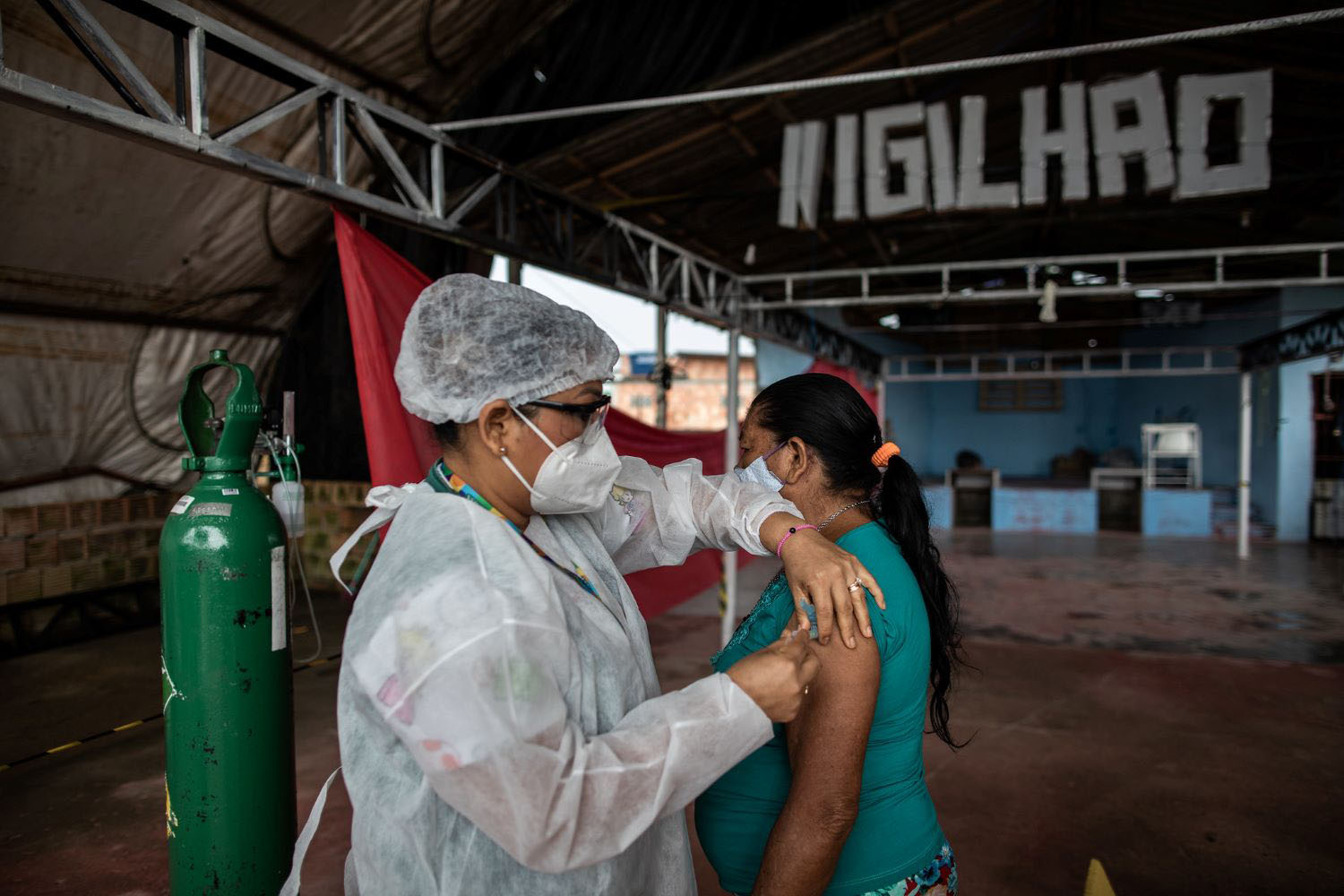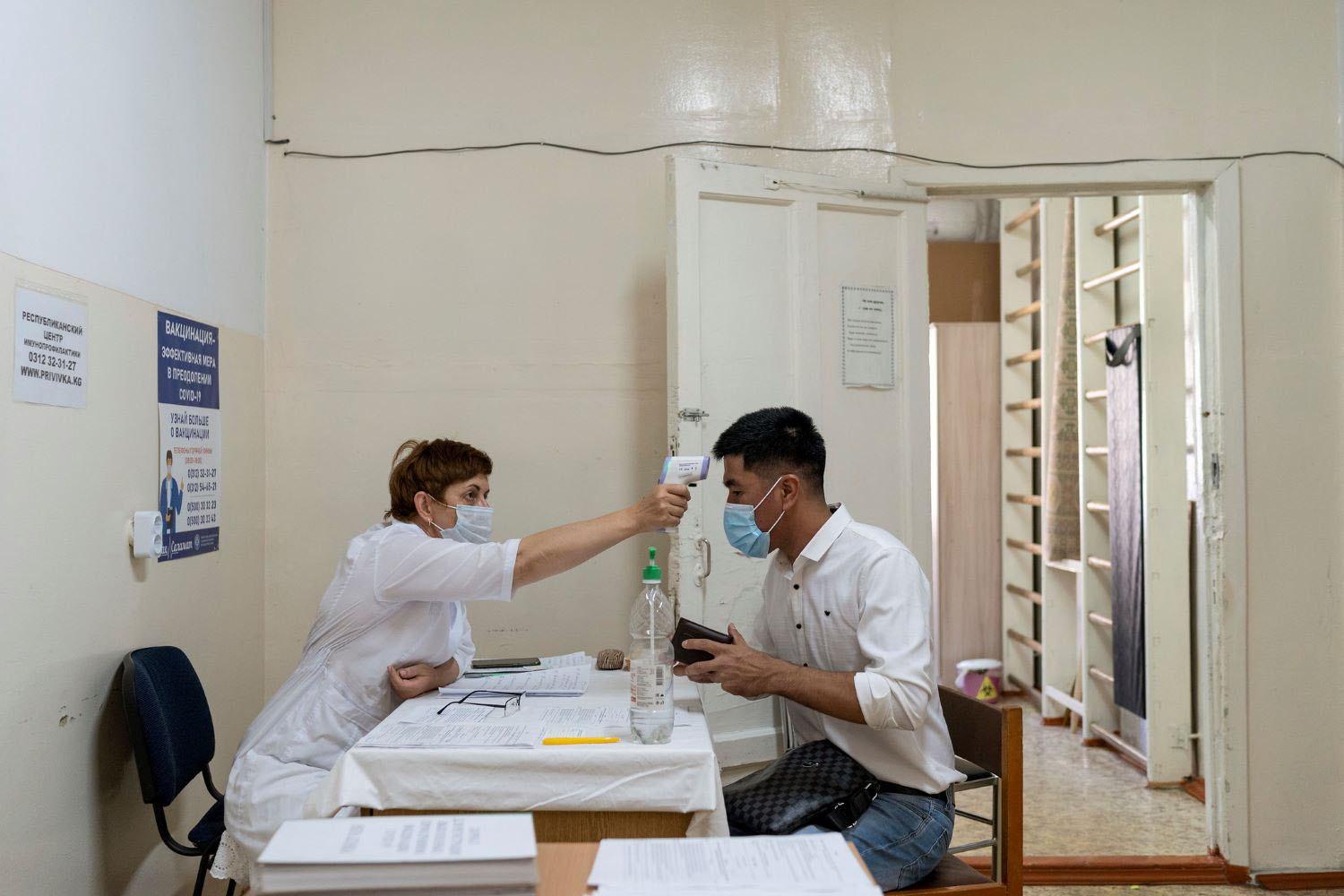Last week, the U.S. Senate Health, Education, Labor, & Pensions (HELP) Committee held a hearing that had all the elements of an important event for global health.It was the right topic – the lack of effective treatments for rare and neglected pediatric diseases. It was the right venue – particularly in an environment of tightening global health budgets and spiraling R&D costs, Congress can be a potential source of breakthrough ideas and essential resources. It was the right audience – the hearing was well-attended by senators from both sides of the aisle, senior officials from the U.S. Food and Drug Administration (FDA) and National Institutes of Health, and biopharmaceutical industry representatives.This combination of subject matter, venue, and audience is all too rare; HELP committee members and staffers deserve congratulations for putting it together. Unfortunately, the hearing conveyed the wrong message on neglected diseases in two important respects.Rare and neglected diseases have a common problem, but need different solutionsNeglected diseases were for the most part discussed as synonymous with rare diseases. This is unfortunate. Rare and neglected diseases share an important problem: many of them lack effective treatments. The root causes for that problem, however, are quite different for rare and neglected diseases respectively.The challenge of developing treatments for rare diseases is, of course, that relatively few people have them. There are nearly 7,000 rare diseases in the U.S.; more than 80 percent of them are “ultra-rare” diseases that affect 2,000 individuals or fewer. Ultra-rare diseases are far more likely to lack effective treatments than other rare diseases. Small patient populations do not just limit profitability of costly drug development; they complicate the already difficult scientific and regulatory processes of demonstrating a drug’s safety and efficacy. Rare and ultra-rare diseases raise hard questions about the distribution of scarce public health resources and truly heartrending stories of desperate parents and children suffering and dying without treatment.The challenges of developing treatments or cures for neglected diseases are different. Many people – over one billion people, including 400 million children – suffer from one or more of them; they just don’t generally reside in the U.S. or other wealthy developed countries. Unlike rare diseases, neglected diseases are predominantly infectious conditions and so can and do cross borders with trade and travel. These diseases have staggering consequences for the communities they affect. Tuberculosis and malaria alone kill an estimated 2.6 million people annually. Other neglected diseases are less deadly, but disable, deform, and increase their sufferers’ vulnerability to other infectious diseases like HIV/AIDS. The challenges for developing neglected disease treatments is that the desperately poor people with them can pay very little, our understanding of these diseases is limited, and late stage clinical development and product delivery must occur in the resource and infrastructure-poor settings where the patients live.So while there is every reason to make common cause on the need for effective treatment for both rare and neglected diseases, it is essential that policies be well tailored to the different challenges these diseases present.For example, the U.S. Orphan Drug Act (ODA) has been successful in encouraging drug development for rare diseases, but much less so for neglected diseases. Extended U.S. market exclusivity and tax credits have not been effective incentives for products sold in or donated to poor countries; abbreviated regulatory reviews are often inappropriate for products that may be used in hundreds of thousands of patients. According to a recent George Institute report, FDA granted approximately 2,000 orphan drug designations and approved 325 orphan drug products between 1983 and May 2008. Only 10 of these products were for neglected diseases – all of which had limited or no value because their formulation and pricing were inappropriate for developing country settings.There are few, if any, effective treatments for most neglected diseases. The discussion in last week’s HELP Committee hearing focused on topics – genetic screening, small clinical trial design, Medicaid reimbursement, rare disease surrogate markers and clinical endpoints, and others – that are important for rare and ultra-rare diseases, but unfortunately have nothing to do with improving the circumstances for the one out of six people worldwide suffering from a neglected disease.The most pressing barriers to getting neglected disease treatments to patientsThe exceptions were the presentations by Jesse Goodman, Chief Scientist at the FDA, and Suerie Moon, a Médicines Sans Frontières (MSF) U.S. board member, which both addressed neglected diseases specifically. Unfortunately, with little subsequent discussion of Goodman’s neglected disease-related remarks and the narrow focus of the MSF testimony on “de-linking” medical R&D funding from intellectual property-based models, a significant opportunity was missed to make progress on the most pressing challenges facing the product development partnerships (PDPs) and other entities working daily to develop new neglected disease treatments.CGD has long advocated and done much work to support the targeted use of Advance Market Commitments and other “pull” financing mechanisms to stimulate private sector investment in global health R&D and scale-up manufacturing capacity. The prospects, however, for the broad substitution of the current IP-driven drug development model with a prize-driven medical research system are not imminent given heavy U.S. investment in IP and its international regulation and the long entrenched nature of the IP-treatment access debate.On the other hand, there are dozens of products for neglected diseases in development, and their developers face significant challenges getting these life-saving treatments to patients. Neither these candidate products nor their developers—PDPs mostly—earned more than a brief mention at the hearing. These therapies, diagnostics, and preventative tools in the product pipeline could be, for many neglected diseases, the first new tools in a generation and, for others, simply the first. Promising candidates include a late stage malaria vaccine, which, if approved, would be the first for a disease that kills 900,000 people annually, and multiple vaccine and drug candidates that could be first new TB therapies in generations and help reduce the 8 million new infections and 1.7 million deaths that occur each year from TB.As discussed in depth in my recent working paper and Senate testimony, three substantial bottlenecks threaten our capacity to bring these treatments to those in need:
- The regulatory capacity in many developing countries is not adequate to support the clinical trials that need to occur there in order to complete development of neglected disease products.
- Under current cost assumptions and clinical development models, there is not sufficient funding to complete clinical development of all the neglected disease candidates in the pipeline, even with standard rates of attrition.
- The pathway for approving neglected disease products is a lengthy, poorly resourced and coordinated, multi-step process that involves FDA, the World Health Organization, and the regulatory authorities for the countries in which the product will be used.
- Investment and technical support for strengthening and streamlining regulatory infrastructure, both globally and within countries that are home to emerging drug and vaccine manufacturers.
- Investment and technical support for developing country clinical trials capacity and platforms that will have durable benefits for the development of multiple neglected disease vaccines and drugs moving forward.
- Regulatory and clinical trial practices to help bring down the costs of developing drugs and vaccines, which is not as significant an issue in price-insensitive markets, but is a high priority for neglected diseases.
- Strategic investments and incentives to encourage joint ventures and other collaborations between multinational research-based firms and capable emerging manufacturers, which, in the long run, will be the best route to sustainable R&D for neglected disease treatment.
Disclaimer
CGD blog posts reflect the views of the authors, drawing on prior research and experience in their areas of expertise. CGD is a nonpartisan, independent organization and does not take institutional positions.





